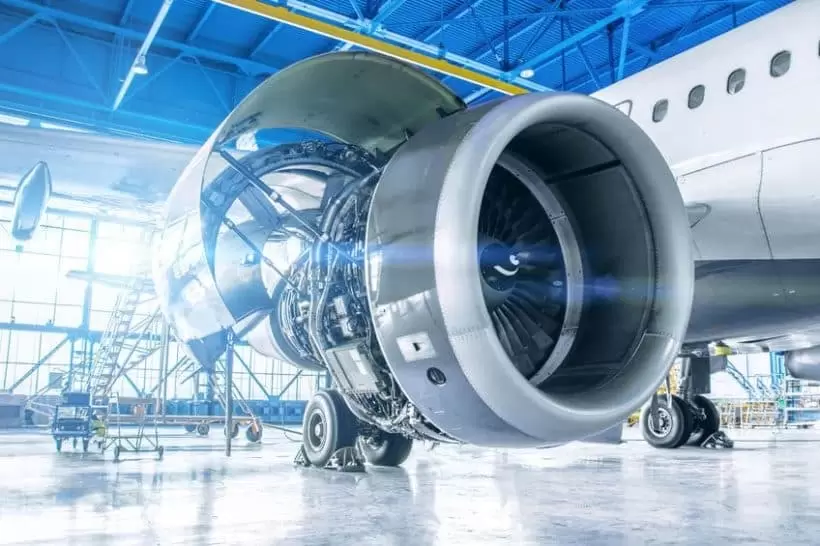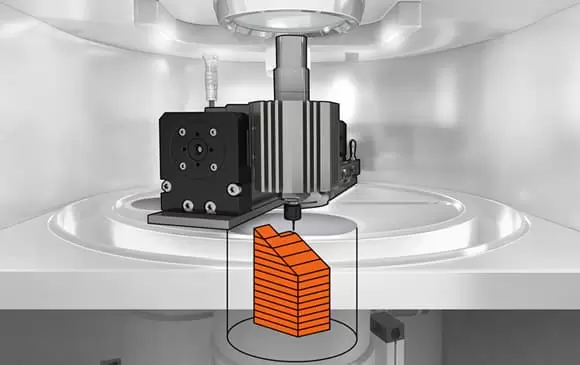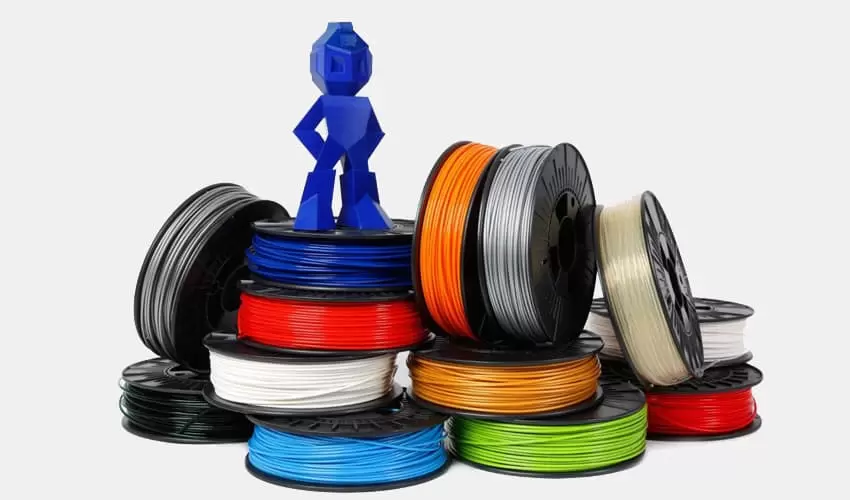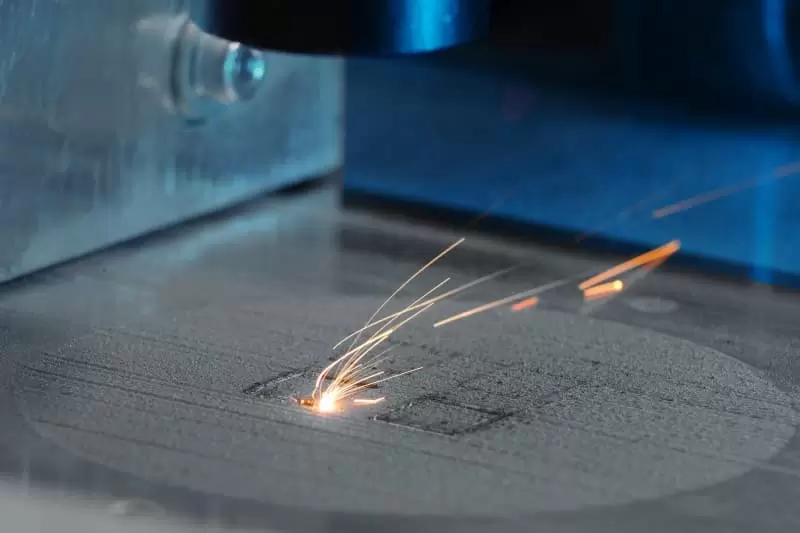Discover everything you need to know about fused deposition modeling in this comprehensive guide. From the basics to advanced techniques, we cover it all!
Table of Contents:
I. Introduction to Fused Deposition Modeling
- Definition of Fused Deposition Modeling
- Brief History of Fused Deposition Modeling
- Importance of Fused Deposition Modeling in Manufacturing
II. How Fused Deposition Modeling Works
- Components of Fused Deposition Modeling Systems
- Materials Used in Fused Deposition Modeling
- The Fused Deposition Modeling Process Step-by-Step
III. Applications of Fused Deposition Modeling
- Rapid Prototyping
- Manufacturing and Production
- Medicine and Healthcare
- Architecture and Construction
IV. Best Practices and Tips for Fused Deposition Modeling
- Tips for Using Fused Deposition Modeling Successfully
- Common Mistakes to Avoid When Using Fused Deposition Modeling
- Troubleshooting Fused Deposition Modeling Issues
V. Future of Fused Deposition Modeling
- Emerging Technologies in Fused Deposition Modeling
- Potential Impact of Fused Deposition Modeling on Various Industries
VI. Conclusion
- Recap of Key Takeaways
- Final Thoughts on Fused Deposition Modeling
Are you interested in manufacturing and production using 3D printing technology? Fused Deposition Modeling (FDM) is one of the most popular and accessible 3D printing technologies on the market today. In this comprehensive guide, we’ll cover everything you need to know about fused deposition modeling, from the basics to advanced techniques.
Introduction to Fused Deposition Modeling
Fused Deposition Modeling, also known as Fused Filament Fabrication (FFF), is an additive manufacturing process that creates parts by melting and depositing thermoplastic materials layer-by-layer. It was initially developed by S. Scott Crump in the late 1980s and commercialized by Stratasys under the name Fused Deposition Modeling in the early 1990s.
Fused Deposition Modeling has become one of the most popular 3D printing technologies due to its relatively low-cost, ease of use, and versatility. It can create parts with a wide range of geometries, mechanical properties, and surface finishes.
How Fused Deposition Modeling Works
The Fused Deposition Modeling process involves several important components, including the 3D printer, the thermoplastic material, and the software used to create and modify 3D models.
The printer melts the thermoplastic material and extrudes it through a heated nozzle onto a build platform, where it cools and solidifies to form the desired shape. The printer head moves along the X, Y, and Z axes to deposit the material in precise locations, following the geometry of the 3D model.
The choice of thermoplastic material is an essential consideration in the Fused Deposition Modeling process. The most commonly used materials are PLA (Polylactic Acid) and ABS (Acrylonitrile Butadiene Styrene), but other materials such as Nylon, PET-G, and TPU can also be used.
Applications of Fused Deposition Modeling
Fused Deposition Modeling has a wide range of applications in various industries, from rapid prototyping to production and manufacturing, medicine and healthcare, architecture, and construction.
Rapid prototyping is one of the most common applications of Fused Deposition Modeling. Companies and individuals can create prototypes of products quickly and inexpensively, allowing them to test functionality, design, and perform user testing before committing to expensive tooling or manufacturing.
Manufacturing and production is another application of Fused Deposition Modeling, where the technology has evolved to produce end-use parts with high accuracy and consistent quality. The ability to produce complex geometries and customized parts is particularly advantageous in the manufacturing industry.
In the medical industry, Fused Deposition Modeling is used to create models and implants for surgical planning and biofabrication. In dentistry, Fused Deposition Modeling is used to produce custom dental implants and orthotics.
In architecture and construction, Fused Deposition Modeling is used to create architectural models and prototypes of buildings, infrastructure, and other structures.
Best Practices and Tips for Fused Deposition Modeling
While Fused Deposition Modeling is a relatively easy-to-use process, there are several best practices and tips that manufacturers should follow to ensure success.
First, selecting the right material is essential. Manufacturers should consider the properties and characteristics of the material when deciding which material to use for a particular application.
Second, manufacturers should ensure that the printer is set up correctly and calibrated precisely. Fused Deposition Modeling works by depositing precise amounts of material in precise locations, so calibration is essential to ensure that the final product meets design specifications.
Third, understanding the function and structure of the 3D model can help manufacturers optimize the Fused Deposition Modeling process for that particular model. This includes considering support structures, orientation, and layer height.
Finally, manufacturers should experiment with different settings and parameters to optimize their Fused Deposition Modeling process. This includes adjusting the temperature, bed adhesion, and printing speed to achieve the desired quality and accuracy.
Future of Fused Deposition Modeling
Fused Deposition Modeling technology is continually evolving, and new materials and techniques are developed to expand its capabilities and impact.
One emerging technology is multi-material Fused Deposition Modeling, where different materials can be extruded from the same printer to create overlays, inserts, and other features.
Another emerging technology is high-speed Fused Deposition Modeling, where printers can achieve faster print speeds while maintaining quality and accuracy.
Potential Impact of Fused Deposition Modeling on Various Industries
Fused Deposition Modeling has the potential to revolutionize various industries, from manufacturing and healthcare to architecture and construction.
In the future, Fused Deposition Modeling could enable on-demand manufacturing of replacement parts, reducing the need for extensive inventories and reducing lead times.
In healthcare, Fused Deposition Modeling could enable the creation of custom prosthetics, implants, and surgical instruments that fit patients precisely and improve outcomes.
In architecture and construction, Fused Deposition Modeling could reduce the cost and timelines associated with traditional building methods by allowing for the rapid fabrication of complex geometries and structures.
Conclusion
Fused Deposition Modeling is a versatile and accessible 3D printing technology that has a wide range of applications in various industries. By understanding the basics of Fused Deposition Modeling, including its components, process, materials, and applications, manufacturers can take advantage of its benefits and create high-quality and accurate parts.
With the continuous evolution of Fused Deposition Modeling technology, its potential impact on industries such as manufacturing, healthcare, and architecture is significant. As the industry advances, so will the capabilities of Fused Deposition Modeling, opening up new possibilities for production, customization, and innovation.
In conclusion, Fused Deposition Modeling is a crucial technology in the additive manufacturing field with a constant evolution and development. Its applications and impacts are set to transform industries from manufacturing, healthcare, and architecture by bettering efficiency, time, and cost. With further development, the potential for Fused Deposition Modeling is endless.




